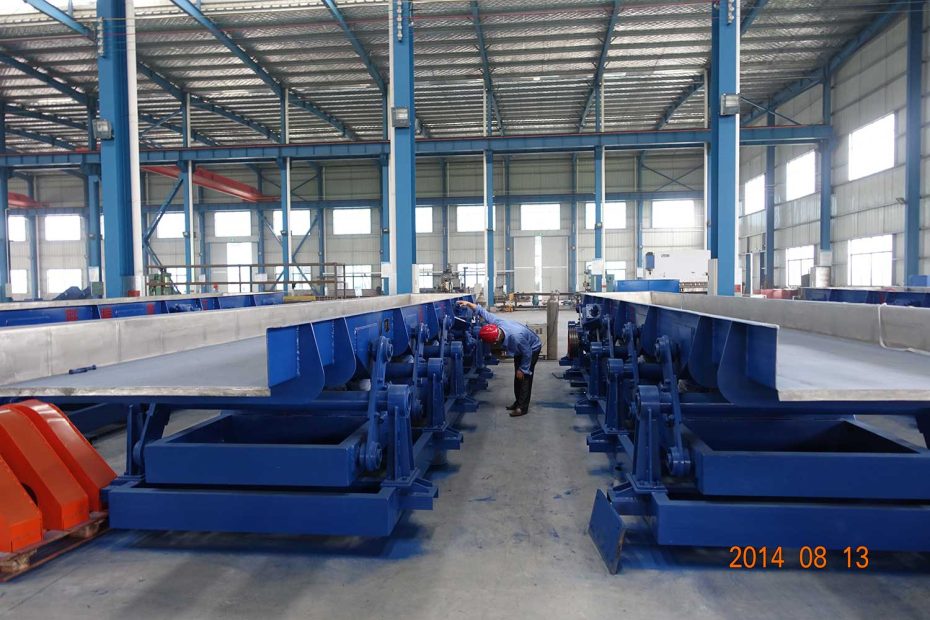Vibratory feeding and conveying equipment can efficiently handle a broad range of bakery and other food products, such as fine powders, tacky materials, granular materials, and bulk products. This equipment is utilized to assist in adding ingredients to mixers and blenders, metering to downstream process equipment, screening oversized or fine debris from final products, sprinkling salt, sugar, or various seasonings, and on-demand supply to the packaging process.
Prior to a conveyor moving the product along each step of the processing facility, a feeder meters the amount of material that is placed on the conveyor to ensure the flow is not disrupted. On a vibratory feeder, the feeder’s amplitude moves the material up and forward, allowing it to drop to the surface at a point further down the tray. Multiple vibratory feeders or conveyor designs are available, each with a different amplitude, frequency, and angle of deflection to suit the process requirements.
Three features
- High-speed vibrating conveyors are an excellent choice for applications where fast travel speeds and the requirement for the feeder to start and stop frequently per process demands are necessary. These units are ideally suited for packaging applications.
- High-amplitude/low-frequency vibrating conveyors and feeders are the typical choice for handling light and bulky, fine powdery, and flexible products, including cereal, flaky and powder spices, potato chips, raisins, gummy candy, and more. These units are the preferred choice for adding a screening function to the conveying process.
- High-stroke mechanical conveyors are well-suited for high-capacity applications that require longer conveying lengths and/or intermediate discharge gates.
Optimizing Efficiency and Product Consistency
Consistency and quality of a finished product is integral in the food industry. Electromagnetic and electromechanical feeders and conveyors offer food processors several opportunities to improve their facility’s efficiency:
- Electromagnetic feeders under a hopper allow for ingredients to be supplied to blenders and mixers with ease.
- Electromagnetic scarf plate feeders can sprinkle finely granular material like salt, sugar, and seasoning onto snack food or baked goods traveling on a belt conveyor, ensuring consistent coating on product.
- Electromagnetic vibratory conveyors can be used as a transfer device to move product from the processing area to the storage or packaging area.
- An electromagnetic bin vibrator on a hopper or bin wall can aid in the vertical flow of products.
- Adding a screen deck to an electromagnetic vibratory feeder or conveyor can remove oversized material or fine debris from the finished material.
- Adding a hopper above an electromagnetic feeder (a.k.a. volumetric feeder machine), can be used in conjunction with weighing scales, batch operations, and operations where additive feeding is performed either continuously or intermittently.
Works Cited
- “Selecting Vibratory Feeders and Conveyors for Food Applications”, Powder Bulk Solids, ,https://www.powderbulksolids.com/feeders/selecting-vibratory-feeders-and-conveyors-food-applications
